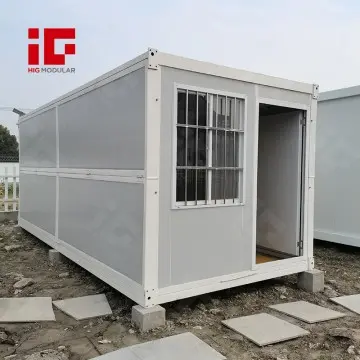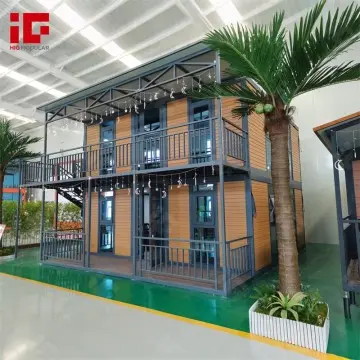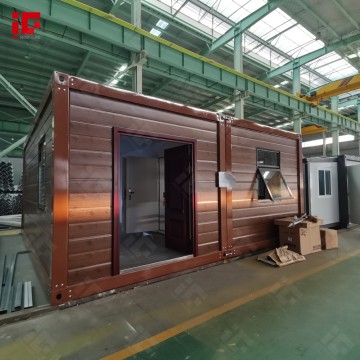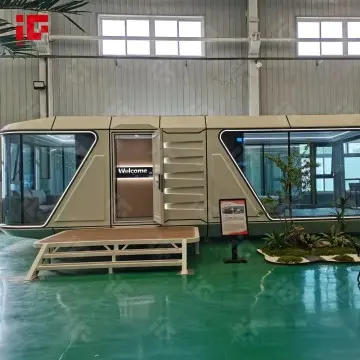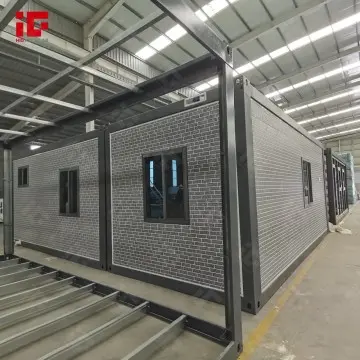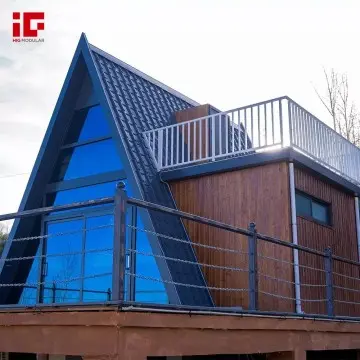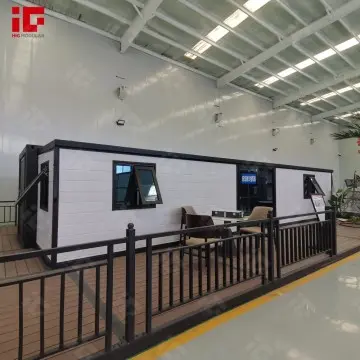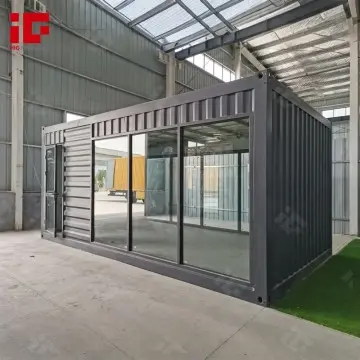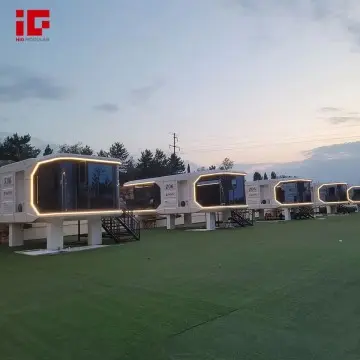The Sustainable Advantage: Two-Story Expandable Container Homes
In a world increasingly focused on sustainability and efficiency, the two-story expandable container home stands out as a model of responsible innovation. This housing solution combines the strength of steel structures with smart design to create dwellings that minimize environmental impact while maximizing living space. By stacking two expandable units and placing stairs externally, the design achieves a rare balance of functionality, affordability, and eco-friendliness that appeals to modern homeowners and environmental advocates alike.
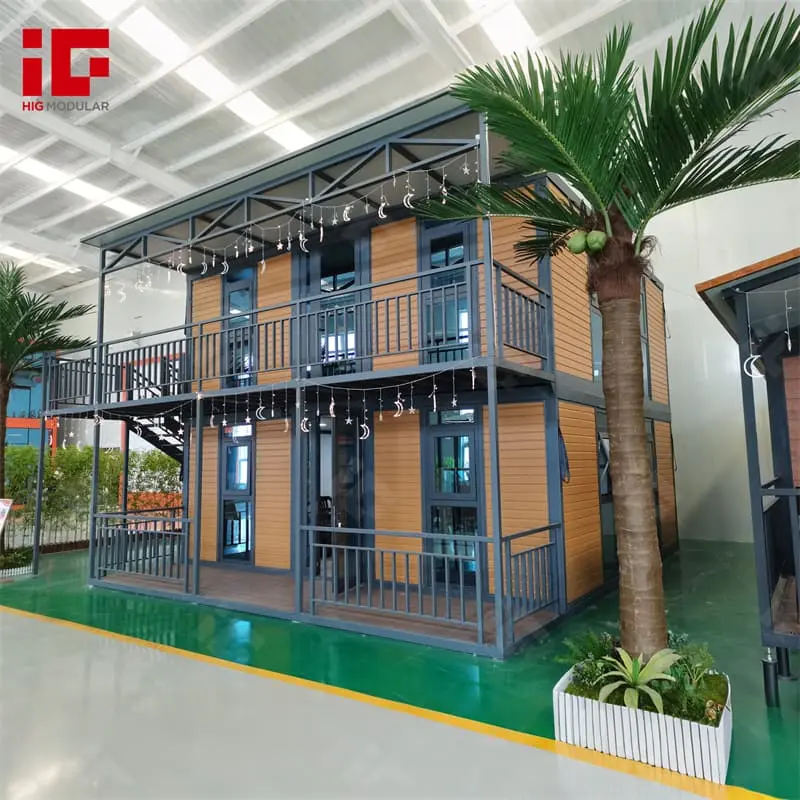
Building Green: Environmental Benefits
Sustainability lies at the core of this expandable housing concept. The primary structure repurposes steel frames designed for durability, reducing the need for new raw materials and diverting waste from landfills. Unlike traditional construction, which generates significant on-site debris, these container homes are precision-built in factories, minimizing material waste by up to 90%. This controlled manufacturing process ensures efficient use of resources, from steel and insulation to fixtures and fittings.
The environmental advantages extend beyond construction. The compact design requires less land than conventional homes, preserving natural spaces around the dwelling. Energy efficiency is built into the structure through high-quality insulation materials, including 50mm rock wool panels with a fire rating of A, which reduce heat transfer and lower energy demands for heating and cooling. This insulation not only cuts utility costs but also decreases reliance on fossil fuels, shrinking the home’s carbon footprint over time.
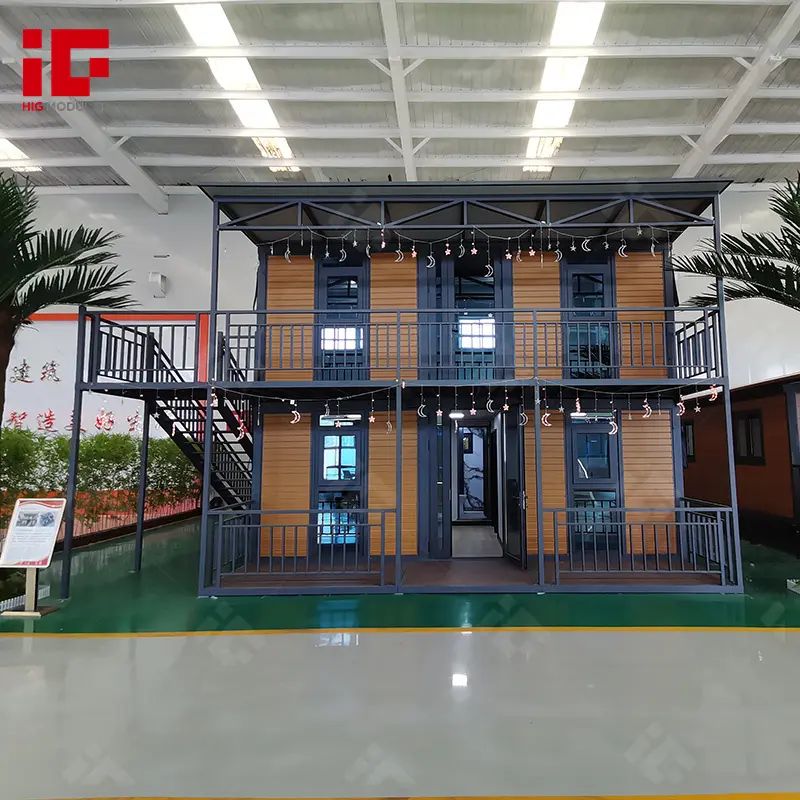
Table 3: Environmental Performance Metrics
|
Feature |
Specification |
Environmental Impact |
|
Insulation Material |
50mm rock wool (60 kg/m³) |
Reduces energy use by 30-40% |
|
Frame Material |
Hot-dip galvanized steel |
80% recycled content, 100% recyclable |
|
Construction Waste |
Factory-built modular components |
90% less waste than traditional builds |
|
Transportation Efficiency |
Compact shipping dimensions |
50% fewer transport trips required |
For those seeking off-grid capabilities, the modular design easily accommodates solar panel installations on the roof, rainwater collection systems, and composting toilets. These additions transform the home into a self-sufficient living space that can operate independently of municipal utilities, further reducing environmental impact.
Speed and Efficiency in Construction
One of the most practical advantages of expandable container homes is their rapid construction timeline. Traditional houses can take months or even years to build, but these modular units arrive at the site 90% complete, ready for quick assembly. A team of four workers can fully install a two-story unit in as little as six hours, with basic functionality including electricity and plumbing operational shortly after.
This speed offers multiple benefits. Homeowners move into their new residences faster, reducing temporary housing costs. For developers or communities needing emergency housing, the quick deployment capability provides immediate solutions during crises or natural disasters. The efficient installation process also minimizes disruption to the surrounding area, with less noise, traffic, and construction activity compared to traditional building sites.
The secret to this efficiency lies in the prefabrication process. All major components—walls, floors, roof sections, and internal fixtures—are manufactured and assembled in controlled factory conditions. This approach ensures consistent quality and allows for simultaneous work on different parts of the home, accelerating production. By the time units reach the building site, they require only connection and final adjustments rather than full construction.
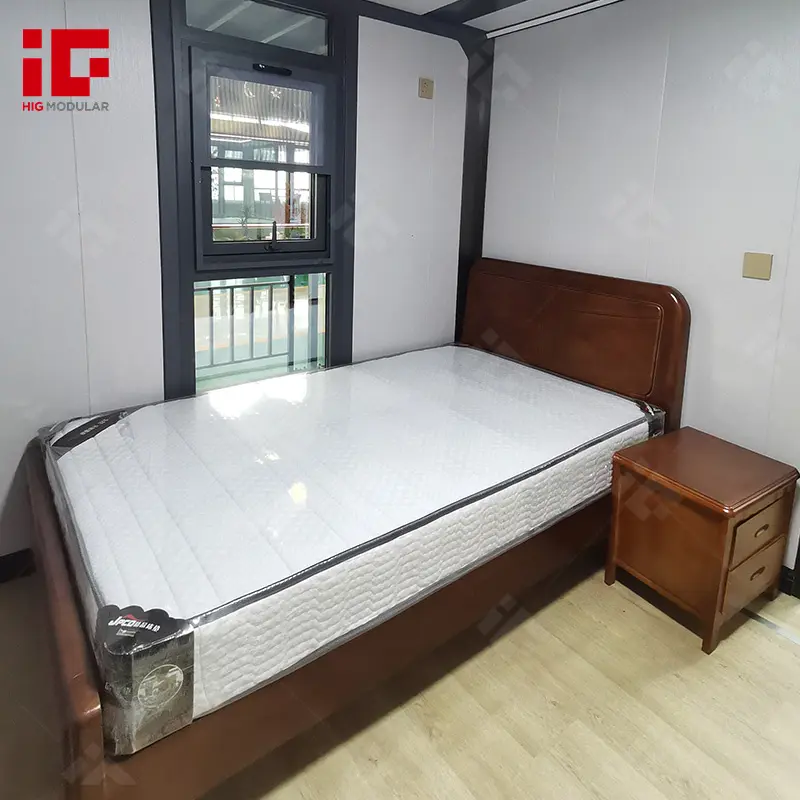
Durability for Long-Term Value
A home represents a significant investment, and durability directly impacts long-term value. Expandable container homes excel in this area, with structures designed to last 20 years or more with proper maintenance. The hot-dip galvanized steel frames resist corrosion and rust, even in harsh climates near saltwater or industrial areas. Marine-grade paint adds an extra layer of protection, ensuring the exterior remains both functional and attractive over time.
The homes are engineered to withstand extreme weather conditions. With a wind resistance rating of up to 120 km/h and seismic resistance up to grade 8, they provide safe shelter in regions prone to storms, earthquakes, or high winds. The roof design includes a slight slope and integrated drainage system that prevents water accumulation, while waterproof tight seals around windows and doors prevent leaks and drafts.
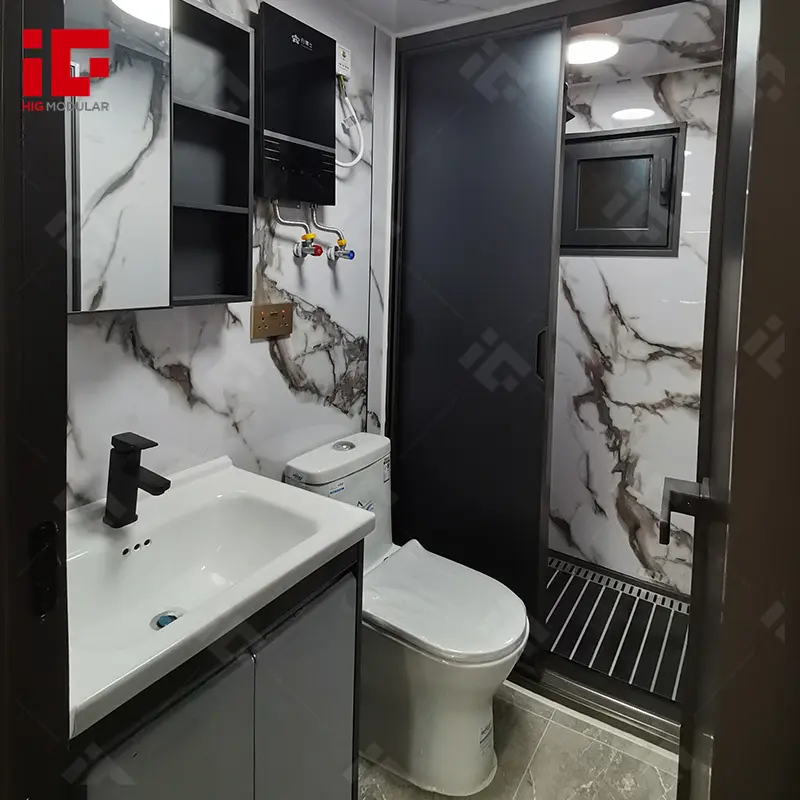
This durability translates to lower maintenance costs over the home’s lifetime. The steel structure requires minimal upkeep, and modular components can be easily replaced if damaged, avoiding the need for extensive renovations. For homeowners, this means more predictable housing expenses and greater financial stability.
Versatility in Application
The two-story expandable container home adapts to diverse living needs and environments. Its compact footprint makes it suitable for urban infill lots, where space is limited but demand for housing remains high. In rural areas, it serves as an affordable alternative to traditional homes, providing modern comfort without the need for extensive site preparation.
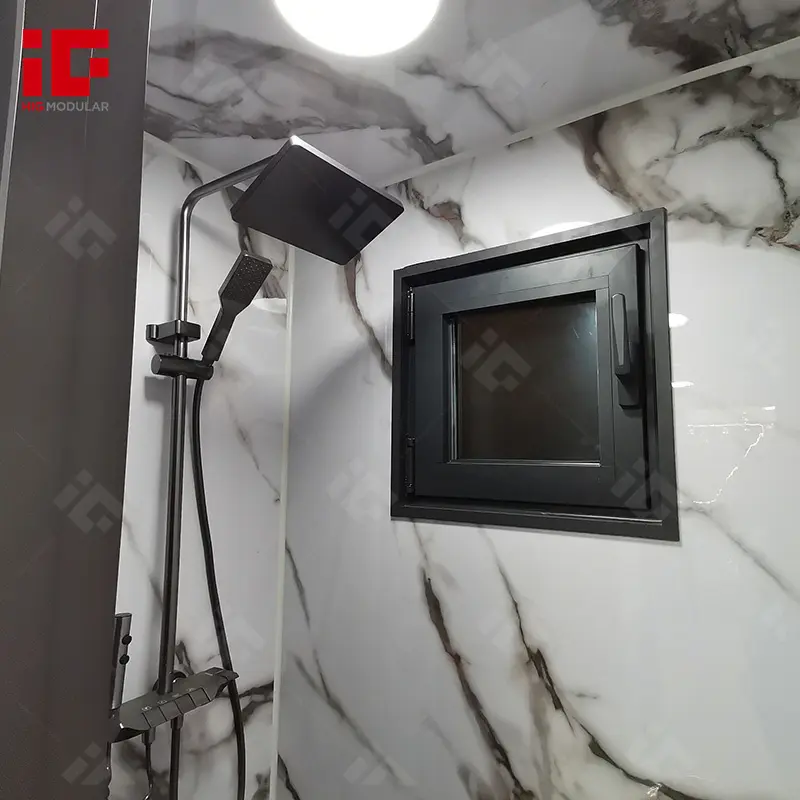
The design’s flexibility shines in various applications:
- Permanent Residences: Families enjoy the spacious two-level layout with separate living and sleeping areas.
- Vacation Homes: The quick installation allows for seasonal use in scenic locations without long construction delays.
- Rental Properties: Investors benefit from lower upfront costs and faster time-to-market for rental units.
- Temporary Housing: Communities use them for disaster relief or workforce accommodation during large projects.
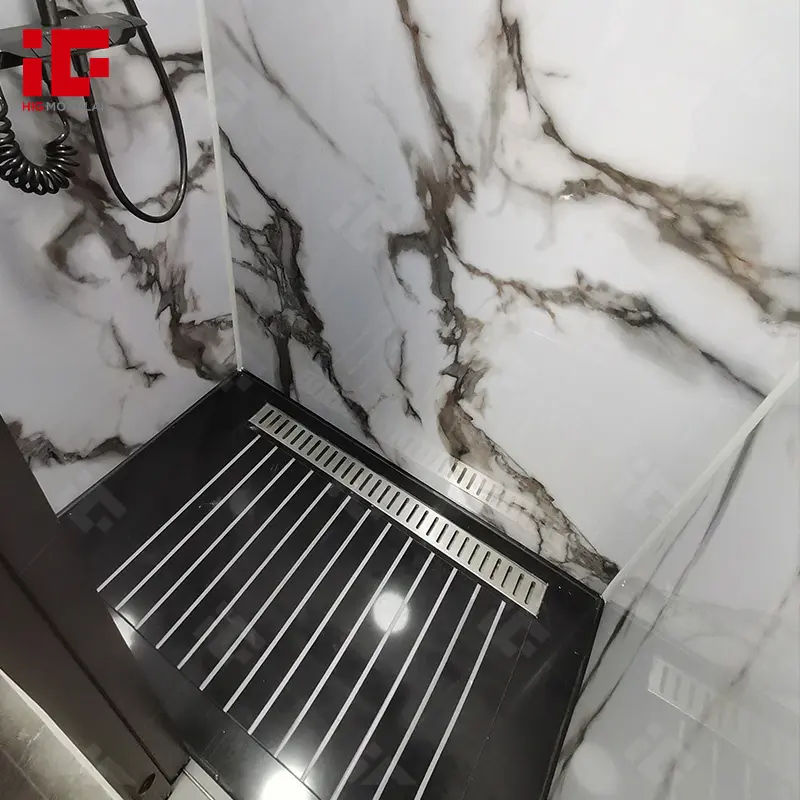
Interior customization further enhances this versatility. Homeowners can choose from various layouts, including one or two bedrooms per floor, open-concept living areas, and compact kitchenettes. The modular nature allows for future modifications, such as adding extra rooms or expanding existing spaces as needs change.
Redefining Affordable Luxury
Expandable container homes challenge the notion that affordable housing must compromise on comfort or style. The two-story design offers a sense of spaciousness typically found in larger, more expensive homes, while thoughtful details like large windows, modern finishes, and efficient layouts create an atmosphere of understated luxury.
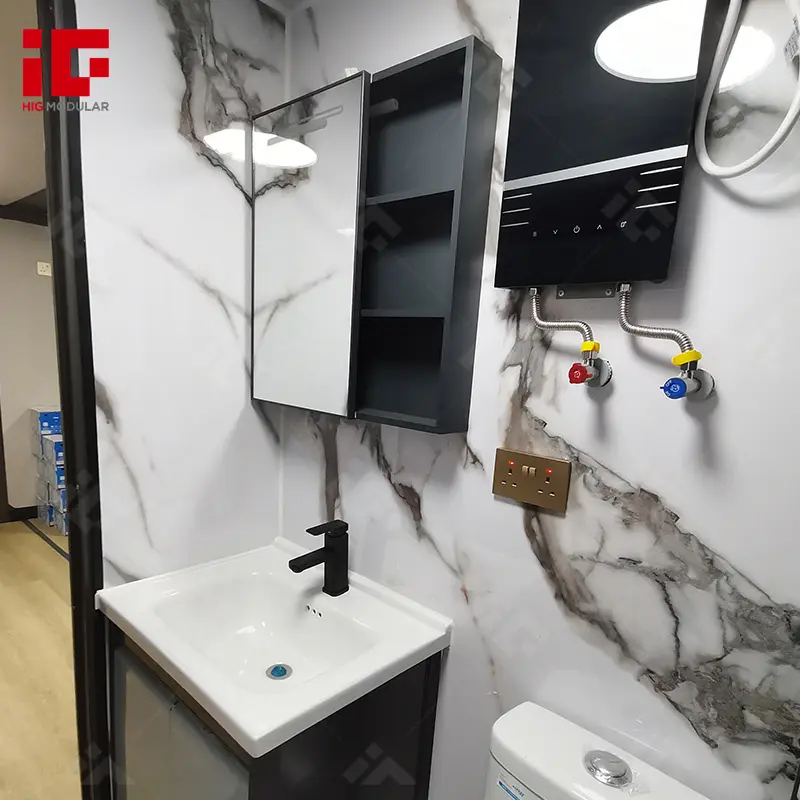
The external staircase, far from feeling utilitarian, can be designed as an attractive feature with railings that complement the home’s aesthetic. Combined with optional exterior cladding materials, this allows the container structure to blend seamlessly with surrounding architecture or stand out as a contemporary design statement.
For many, these homes represent a path to homeownership that avoids the financial burden of traditional mortgages. Lower construction costs make monthly payments more manageable, while energy efficiency reduces ongoing expenses. This affordability opens doors to stable housing for first-time buyers, retirees looking to downsize, and families seeking financial flexibility.
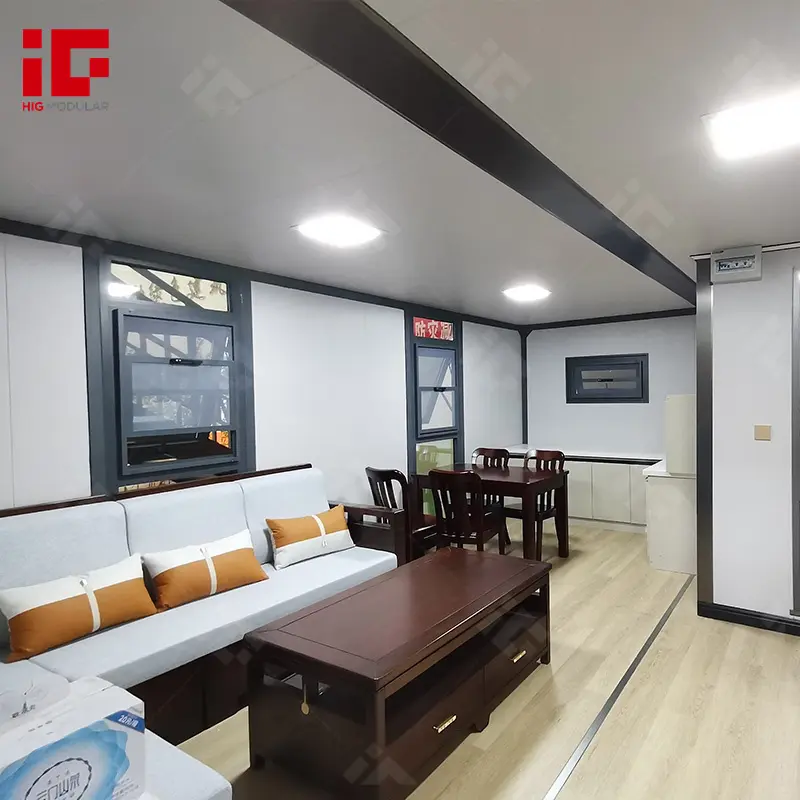
In an era of housing challenges, the two-story expandable container home offers a practical, sustainable solution that doesn’t sacrifice comfort or style. Its innovative design proves that responsible building practices can coexist with functional, attractive living spaces, pointing toward a future where housing is more accessible, adaptable, and environmentally conscious.

